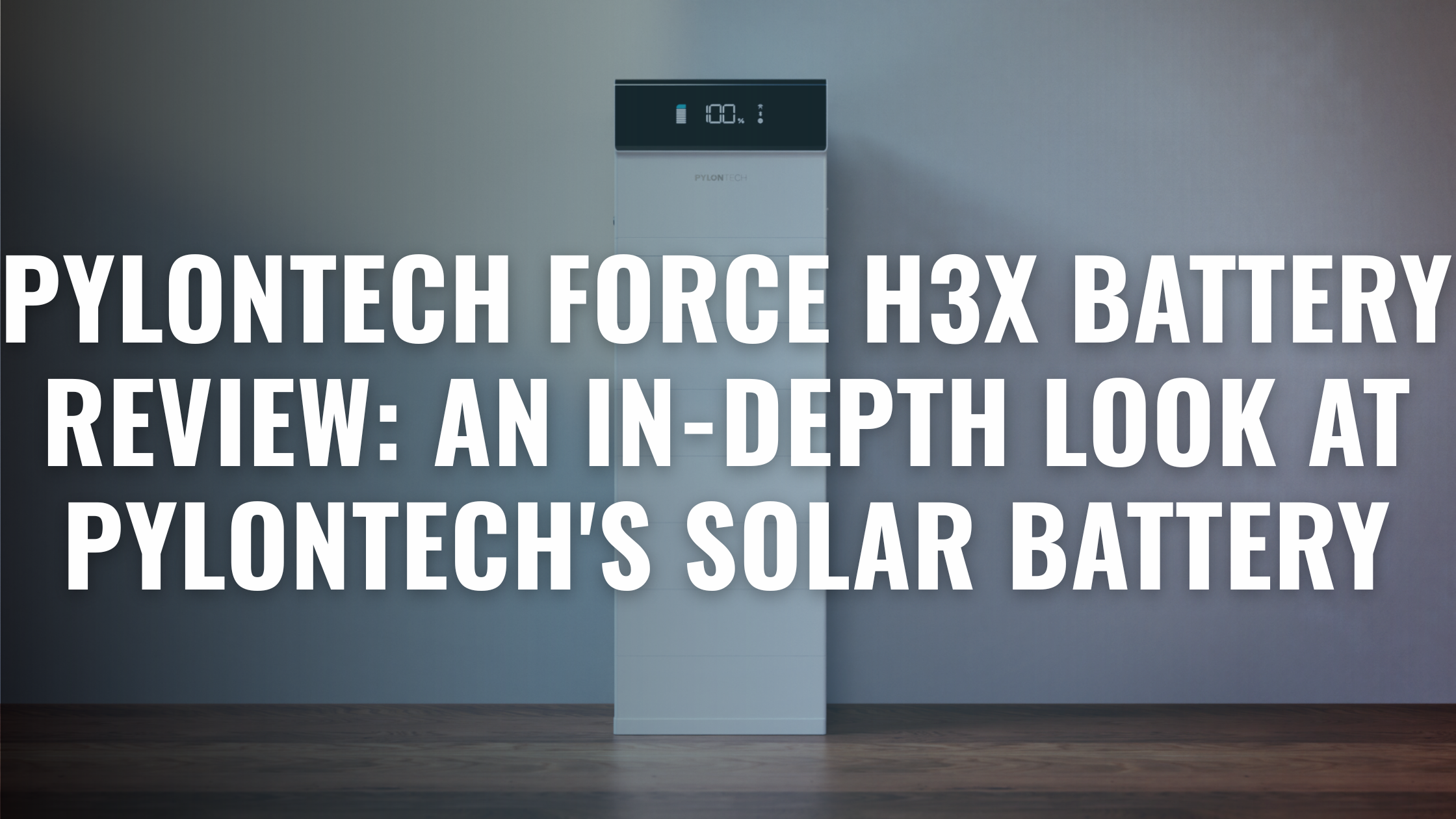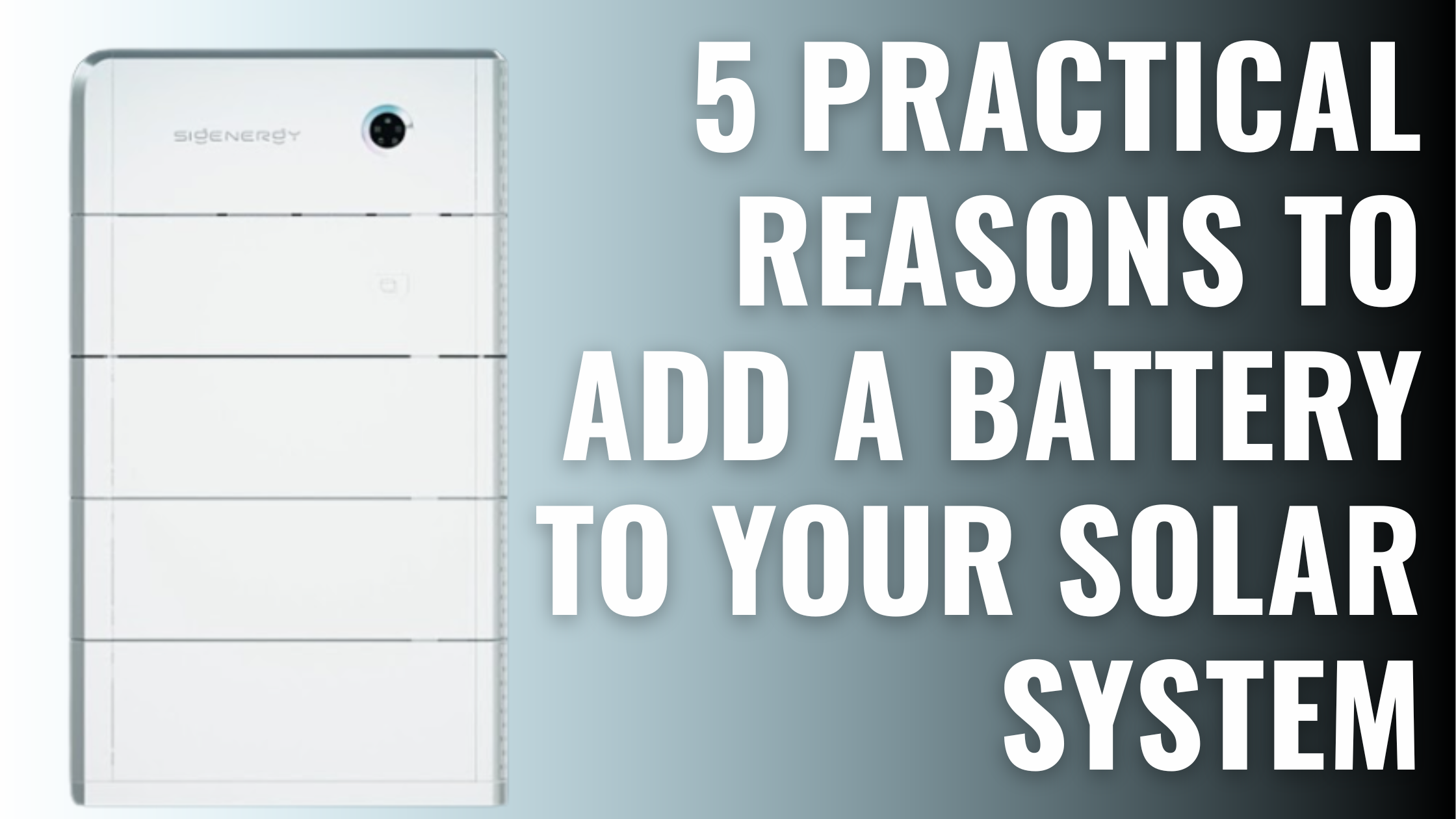
Written by Donna Wentworth
Last Updated: October 21, 2025
5 Practical Reasons to Add a Battery to Your Solar System
If you already have solar — or you’re thinking about installing it — you’ve probably wondered whether it’s worth adding a battery to your solar setup.
The truth is, batteries are becoming more popular for good reason. In this article, you’ll learn about five practical benefits of adding a battery to your solar, and why more Australian homeowners are making the switch.
In this article, you’ll learn what adding a battery does (and doesn’t) do, what it costs, how to access the new federal rebate, and how to tell if it’s worth it for you.
- Use More of the Solar Energy You Generate
- Protection from Rising Electricity Prices
- Backup Power During Blackouts
- Access to New Government Rebates
- A Smarter Way to Future-Proof Your Energy Setup
- How Much Do Batteries Actually Cost in 2025?
- Is a Battery Right for Every Home?
- What to Do Next if You’re Battery-Curious
Use More of the Solar Energy You Generate
One of the most practical reasons for adding a battery to your solar system is simple: it lets you use more of the energy your panels produce.
Without a battery, your solar system powers your home during the day — but any excess energy goes straight back to the grid. At night, you buy power back from your retailer at a much higher rate.
With a battery, it works differently:
- During the day, your battery stores any unused solar power.
- At night, it supplies that stored energy back to your home.
- You only draw from the grid if your battery runs out.
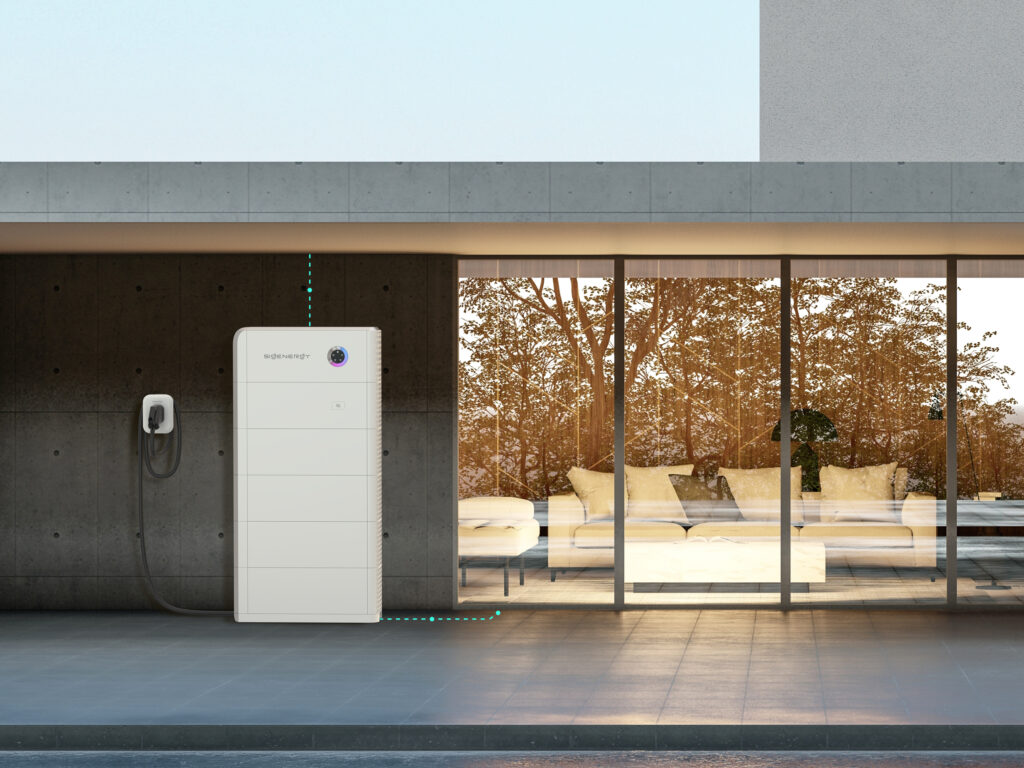
This increases your solar self-consumption — meaning more of the energy you generate actually gets used in your home. And with feed-in tariffs dropping and electricity rates rising, that shift makes a big difference to your bill.
If your panels are producing well but your bill still feels too high, this is often the missing link. Adding a battery to your solar setup lets you hold onto the value you’re already generating.
Protection from Rising Electricity Prices
Electricity prices in Australia have continued to rise. Since 1 July 2025, residential consumers in the default market offer areas have seen increases ranging from 0.5% to 9.7%, depending on their usage and location (dcceew.gov.au).
In this environment, adding a battery to your solar system becomes more valuable: you can rely more on the energy you’ve already generated, rather than paying more for grid power as prices climb.
Here’s how it works:
- Your battery stores excess solar during the day
- You use that stored energy in the evening, when electricity from the grid is most expensive
- You only draw from the grid when your battery runs out
The result? Smaller bills and more control — especially if you use most of your energy in the late afternoon or evening when solar alone can’t cover your needs.
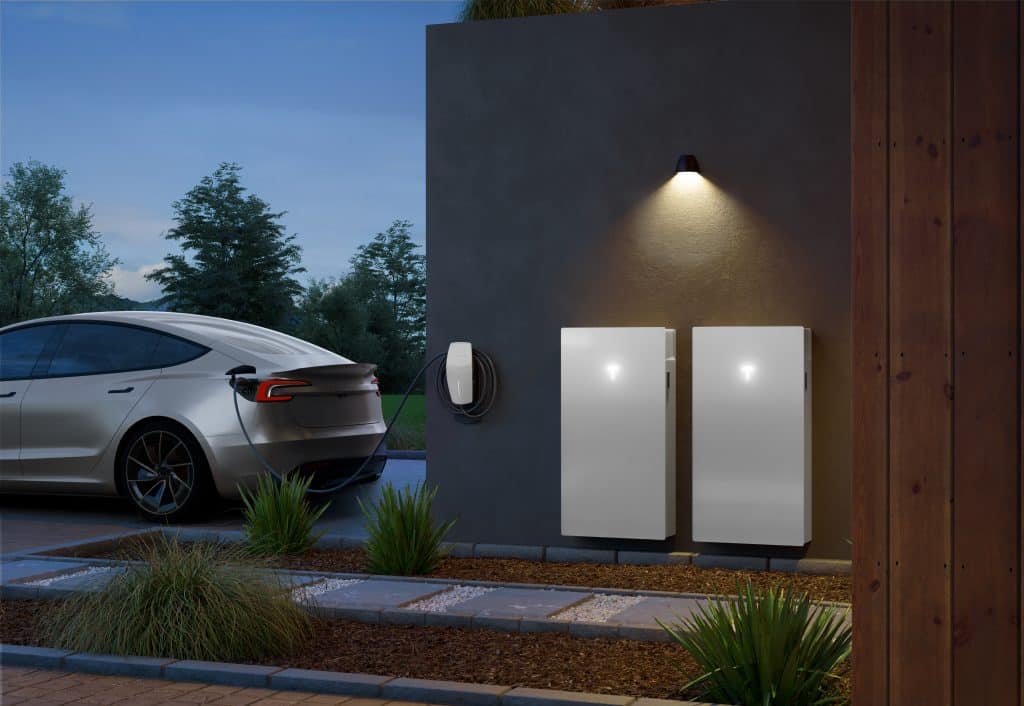
Backup Power During Blackouts
One of the most talked-about advantages of adding a battery to your solar system is backup power — and for good reason.
Most solar-only systems shut down during a blackout. But with a battery that includes backup capability, your home can stay partially powered even when the grid goes down.
Here’s what that can look like:
- Keep essentials running — like your fridge, modem, lighting, or medical equipment
- Avoid food spoilage during extended outages
- Maintain internet access and basic comforts during storms or network failures
If you have three-phase power, you’ll need a battery system designed to back up all three phases — some only cover one, which may limit what stays on.
It’s also worth noting that not all batteries include backup functionality by default. So if this feature is important to you, make sure to confirm it when designing your system.
Whether you live in a rural area prone to outages or just want peace of mind, adding a battery to your solar gives you more energy independence when it counts most.
Access to New Government Rebates
If you’ve been put off by battery prices in the past, this might change your thinking.
From 1 July 2025, the Australian Government launched the Cheaper Home Batteries Program, offering eligible households a rebate to help reduce the upfront cost of installing a battery. The rebate amount depends on the size of the battery and where you live, but it can bring the total price down by thousands of dollars.
Lenergy helps customers apply for this rebate, and we always recommend checking the official program details yourself to ensure you’re eligible. You can read the full criteria on the government’s website:
If you’ve been considering adding a battery to your solar system, this rebate could be the tipping point — especially when paired with long-term energy savings and blackout protection.
A Smarter Way to Future-Proof Your Energy Setup
Batteries aren’t just about storing power — they’re becoming the foundation for smarter home energy systems.
By adding a battery to your solar system, you’re setting yourself up for a future where:
- You can participate in Virtual Power Plants (VPPs) and get paid for sharing stored energy
- You can integrate your system with electric vehicle (EV) charging, using your solar to power your car
- You have more control over how and when your energy is used — especially with smart apps and time-of-use automation
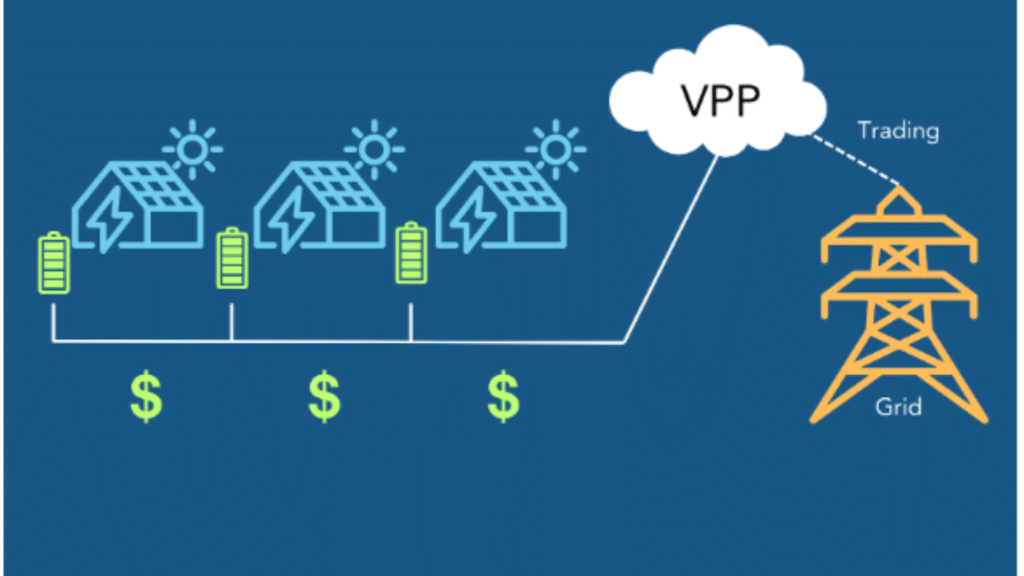
If you’re already thinking about getting an EV or joining a VPP, having a battery makes it easier to take that next step. Some batteries can even be expanded later on if your energy needs grow — for example, if you add a pool, upgrade appliances, or start working from home more often.
It’s about more than just today’s savings. Adding a battery to your solar is a way to build flexibility, resilience, and long-term value into your home’s energy setup.
How Much Do Batteries Actually Cost in 2025?
One of the biggest questions people have when considering adding a battery to their solar system is: how much will it cost?
As of October 2025, here are the starting prices for some of the most popular home batteries installed by Lenergy:
- ESY Sunhome Battery – from $9,210
- Sungrow Battery – from $10,650
- Enphase Battery – from $11,499
- Sigenergy Battery – from $12,000
- Tesla Powerwall 3 – from $15,800
Keep in mind:
- These are starting prices and will vary depending on your system size, energy usage, and installation requirements
- If you’re installing solar at the same time, some costs (like inverters or monitoring systems) can be bundled more efficiently

Not sure which one fits your home? Most people choose based on a combination of budget, brand preferences, system compatibility, and whether they need full backup or VPP access. If you’re unsure, speaking with an installer can help match the right battery to your goals.
Is a Battery Right for Every Home?
While there are clear benefits to adding a battery to your solar system, it’s not always the right move for everyone.
Here are a few situations where a battery might not make sense — at least right now:
- You use very little power at night: If most of your energy use is during the day and your bills are already low, a battery might not deliver a strong return.
- Your solar system is small: If your system doesn’t produce much excess energy, there may not be enough surplus to charge a battery consistently.
- You’re on a tight budget: Even with rebates, a battery is still a significant investment. In some cases, it might be smarter to maximise solar first and revisit battery storage later.
- Your electricity rates are low: If you’re in a region or on a plan with low usage rates, the financial advantage of a battery could be smaller.
That said, many households still choose batteries for non-financial reasons — like blackout protection, future-proofing, or environmental values.
If you’re unsure, it’s worth speaking with an installer who can help you model your usage, solar output, and payback timeline. That way, you can make the decision based on real numbers — not just sales pitches.
What to Do Next if You’re Battery-Curious
Adding a battery to your solar system can be a smart, future-ready move — but it depends on your energy use, goals, and budget.
For many Australian homeowners, a battery helps:
- Use more of your solar energy
- Reduce exposure to rising electricity prices
- Keep essential power running during blackouts
- Access government rebates that lower the upfront cost
- Prepare for a future with electric vehicles, VPPs, and more smart energy choices
That said, it’s not the right fit for every home — and that’s okay. The key is understanding how a battery fits your specific situation.
At Lenergy, we take a practical, no-pressure approach. If you’re curious about battery storage, we’d be happy to help.

